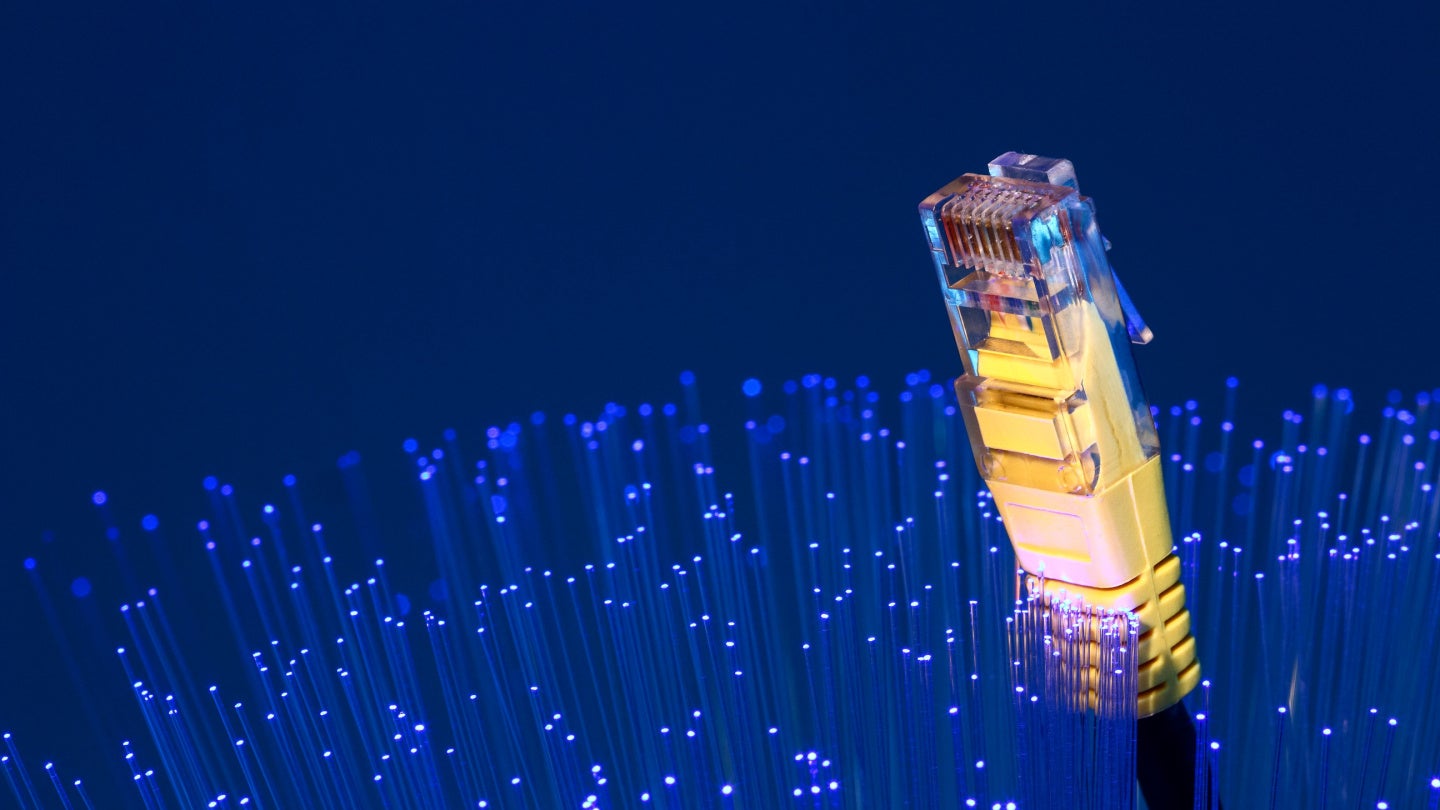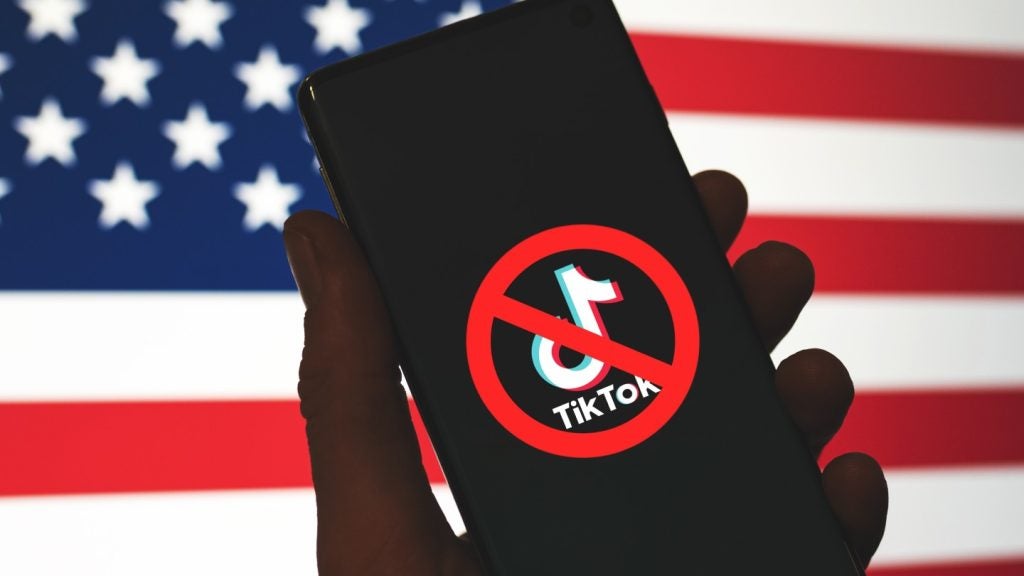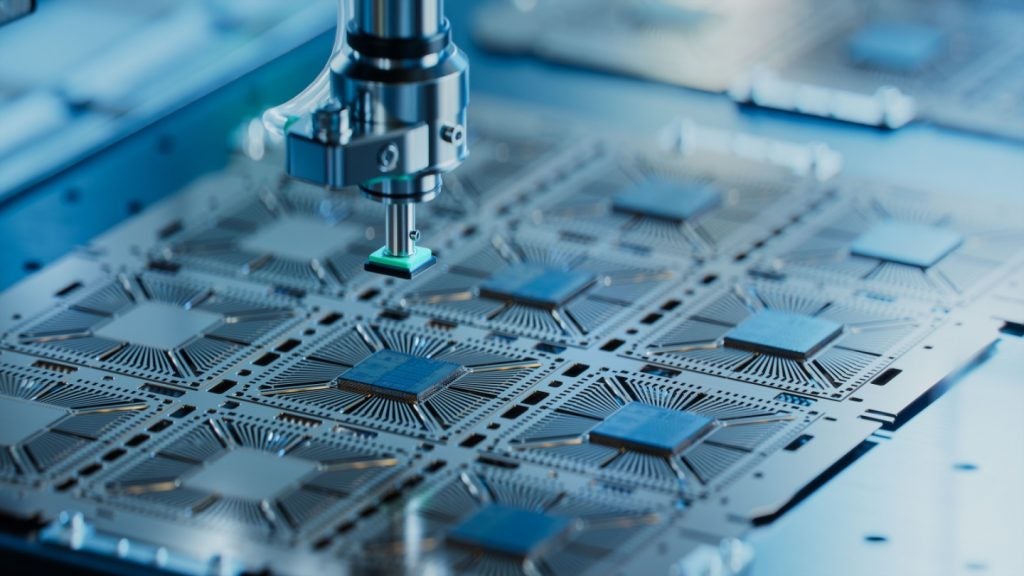
In 1973 Bob Metcalfe of the famed and iconic Xerox PARC created a networking technology that he called Ethernet.
Bob’s inspiration for the name came from the discredited but ear-pleasing luminiferous aether, a one time theory as to how light travelled through a vacuum.
Metcalfe went on to form 3Com, one of the first Ethernet companies and did considerable work to get companies such as DEC, Intel and of course Xerox to adopt the technology. In 1983, the technology was formally standardized by the Institute of Electrical and Electronics Engineers as IEEE 802.3.
Ubiquitous Ethernet
There have been competitors, but nothing short of the POTS (landline) ‘phone system has ever been as ubiquitous as Ethernet. It has bested all technological competitors, including technologies such as Token Ring, backed at the time by market dominating IBM. Other competitors to Ethernet (such as InfiniBand, and Fibre Channel) are essentially niche, playing a role in high performance computing and storage networking – but both are threatened by Ethernet improvements.
If you are wondering, “Well, what at about Wi-Fi?” they are complementary, not competitive. Ethernet is a wired standard, and Wi-Fi is a wireless standard, covered under IEE 802.11. Similarly TCP/IP is at a higher layer in the OSI model running on top of Ethernet, Wi-Fi and other physical transport layers.
Forward the clock 50 years and the future of Ethernet is still bright. The fastest Ethernet available today is 800GbE, a staggering speed of data transfer, yet it is expected that Terabit Ethernet, at 1.6TbE (1600GbE) is coming in the next five or so years.
How well do you really know your competitors?
Access the most comprehensive Company Profiles on the market, powered by GlobalData. Save hours of research. Gain competitive edge.

Thank you!
Your download email will arrive shortly
Not ready to buy yet? Download a free sample
We are confident about the unique quality of our Company Profiles. However, we want you to make the most beneficial decision for your business, so we offer a free sample that you can download by submitting the below form
By GlobalDataThe need for speed
The data speed requirements of the technology industry are always growing exponentially. The internet backbone, hyperscale data centres, high performance data centres, and even corporate data centres continue to need faster and lower latency connectivity as the complexity and intercommunication of enterprise data applications continue to rise.
Applications such as AI, mixed/virtual/augmented reality, immense data lakes, and increasing quality of audio and video transmissions all require more bandwidth everywhere. Applications move more than between the end user and data stores; now applications and data are shared across each other in increasingly complex interdependencies. This is often referred to as “east-west” traffic in data centre environments.
Can Ethernet keep up?
Speed in a data centre is a never ending Sisyphean chase of bottlenecks. CPU speed, memory speed, system bus (PCIe) networking each become a bottleneck and are addressed over time.
Ethernet has been able to keep up, but the growing challenges are evolving fundamental data centre architectures. The very nature of the data centre is changing, and for the first time there is a long-term question of whether Ethernet can support the needs of entirely new data centre architectures that look very little like today’s data centre.
Technologies such as PCIe and Compute Express Link (CXL) may take Ethernet’s duties at least inside the data centre itself. Another unlikely competitor would be quantum networking, but that technology is likely more than a decade away from any real practical implementation and that is being generous.
So, Ethernet will remain king for quite a few years. New technologies and architectures take a great deal of time and will start out in high performance and hyperscaler environments.
Investments in Ethernet technology for enterprises today are smart, just as they have been from the beginning. So today, celebrate 50 years of Ethernet; one of the most essential technologies that brings us together, but keep a weather eye on the future.








Related Company Profiles
Intel Corp
Xerox Corp